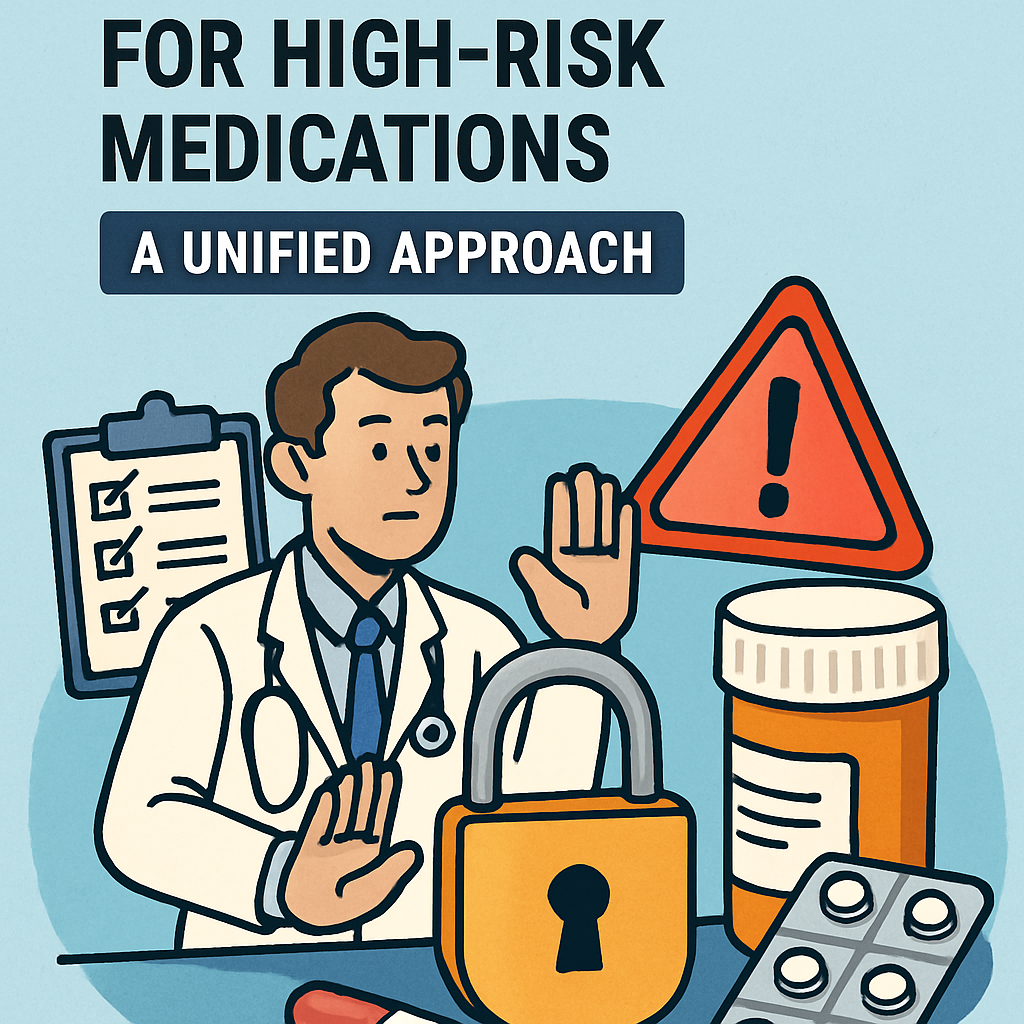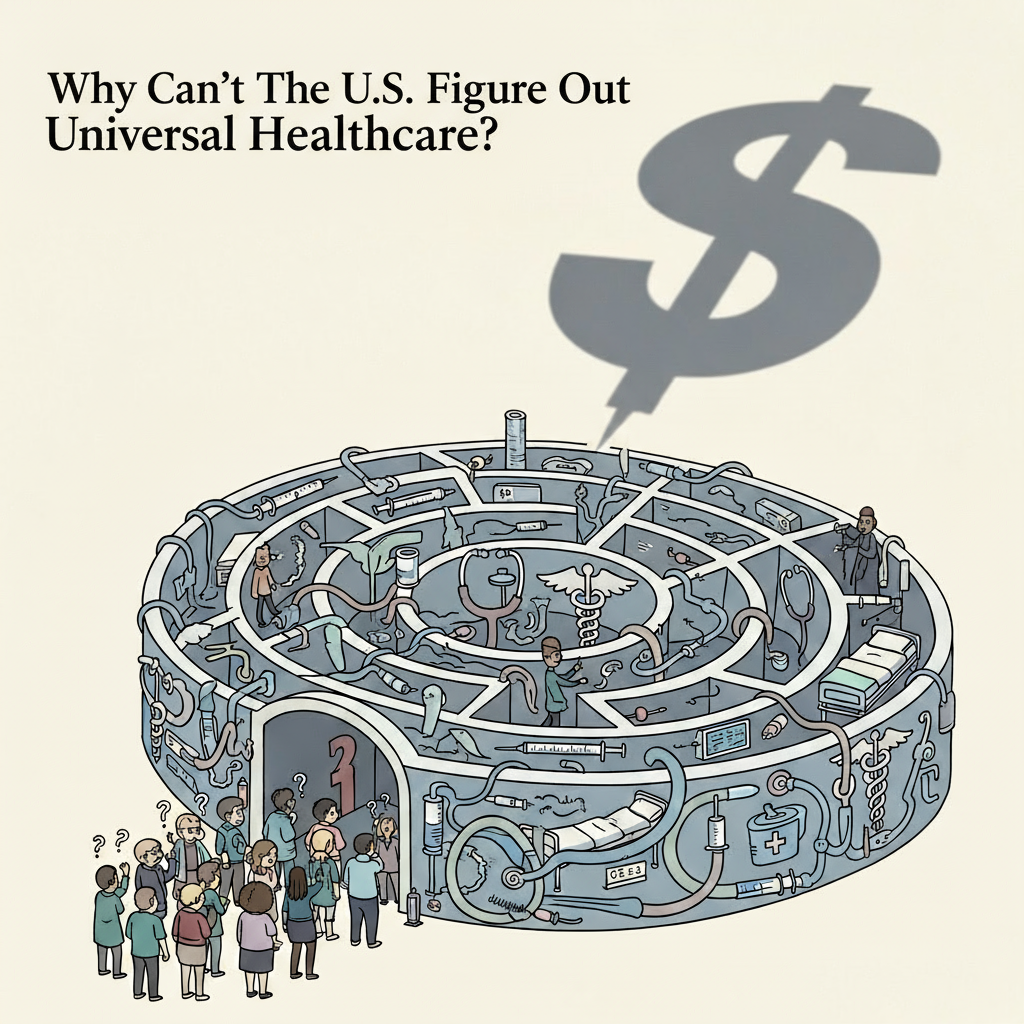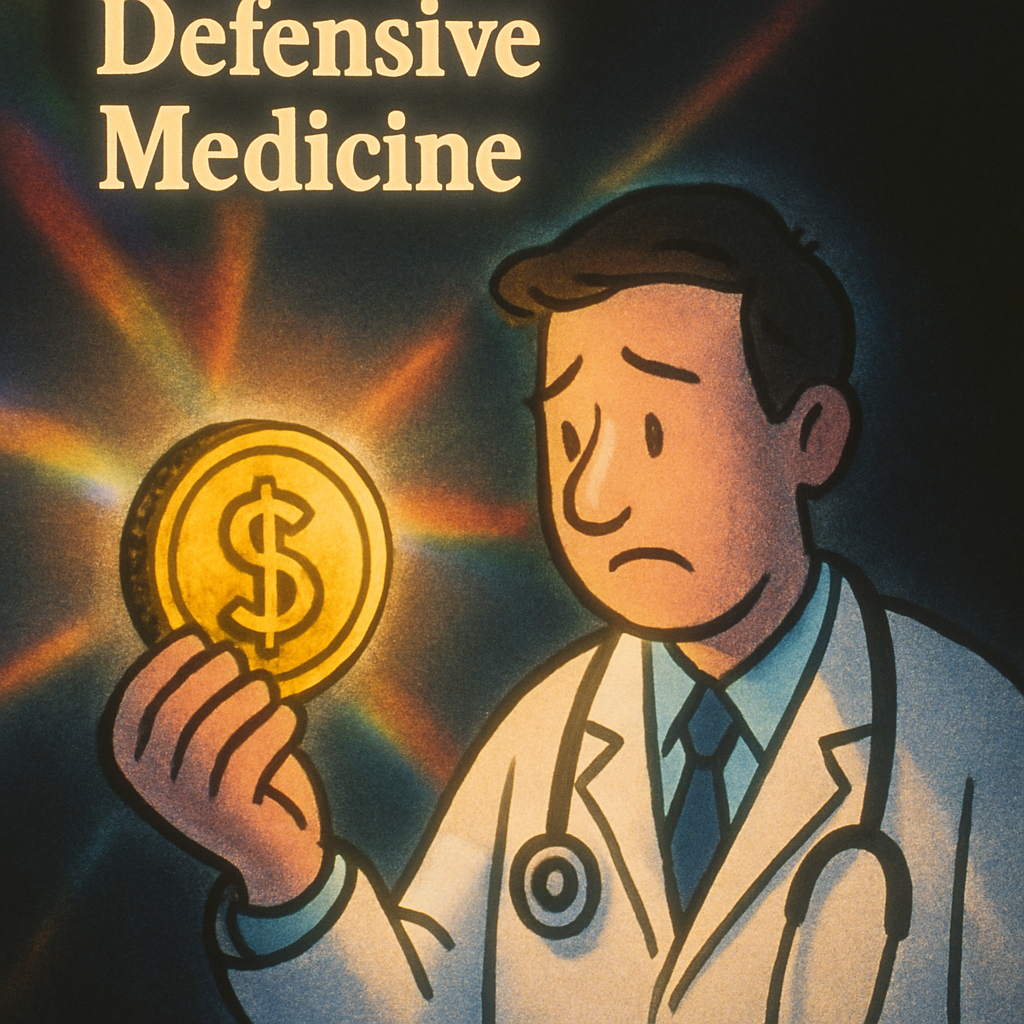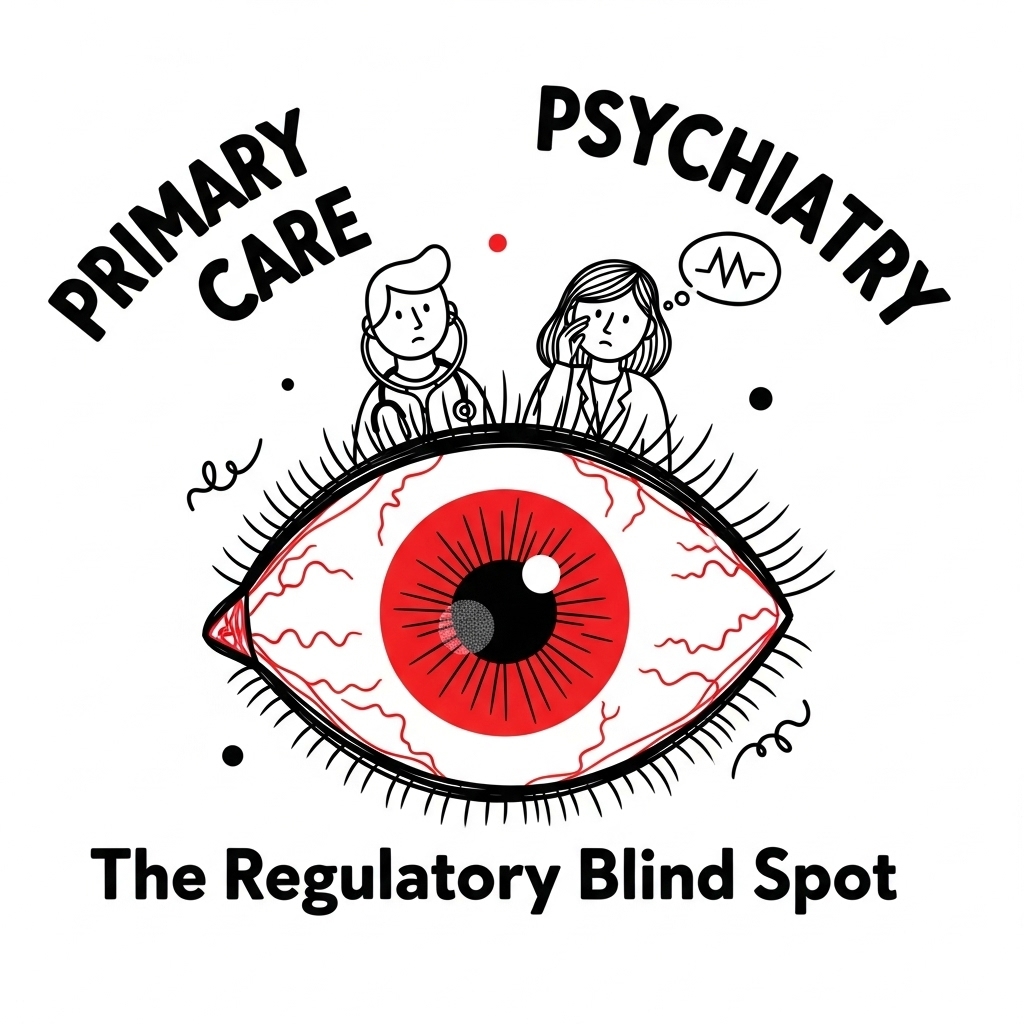
Introduction: Stop Thinking in Silos
Too often, providers approach medication safety as if each drug class needs its own unique set of rules.
Opioids have one protocol, benzodiazepines another, stimulants yet another.
The truth is, if a medication carries high abuse potential, the same core risk mitigation principles should apply—regardless of drug class. The DEA’s scheduling of drugs into Schedule II, III, or IV reflects their inherent risk profiles. Given that opiates, benzodiazepines, and amphetamines are classified similarly to other drugs within these schedules, they warrant the same risk mitigation protocols and respect. If federal authorities do not differentiate in this regard, neither should you.
A unified, consistent approach not only streamlines compliance—it strengthens patient safety and regulatory defense.
Why a Unified Approach Matters
- Consistency Builds Compliance
Staff and patients understand expectations when policies apply equally across all high-risk medications. - Regulators Expect Parity
DEA and state boards don’t limit oversight to opioids; benzodiazepines, stimulants, and certain muscle relaxants are under equal scrutiny. - Efficiency in Implementation
A single, standardized process is easier to train, audit, and document. - Reduced Patient Resistance
When policies are applied universally, patients are less likely to feel singled out.
The Core Elements of Risk Mitigation
1. Controlled Substance Agreements (CSAs)
- Outlines responsibilities, safe use, and monitoring requirements. In the CSA it should clearly state all controlled substance prescriptions must be brought to every visit and pill counts will be done.
- Signed by patient and provider before initiating therapy. Updated policy means an updated CSA.
2. Prescription Monitoring Program (PMP) Checks
- Performed at baseline and at every visit as well as if diversion or noncompliance concerns arise..
- Documents prescriber vigilance and compliance with state mandates.
3. Urine Drug Testing (UDT)
- Confirms adherence and identifies non-prescribed or illicit substances. By testing parent drugs and metabolites you can verify use. When stable, the chromatographic analysis numbers will be consistent and if they are not you need to ask why.
- Frequency adjusted by patient risk level. No less than quarterly plus a few randoms and the greater the risk the greater the frequency.
4. Pill Counts
- Detects early signs of diversion or overuse. High risk patients equal hypervigilance.
- Randomized pill counts in addition to scheduled visit pill counts are a must as well.
5. Scheduled Follow-Up Visits
- Frequency based on risk profile; documented reassessment at each visit. High risk means more frequent visits no less than monthly when actively treated, no less than quarterly when stable.
Integrating Risk Mitigation Into Practice
- Policy Development – Create a written policy that applies to all high-risk medications, this is adjusted by the level of risk for the patient. Hint: no patient is low risk, all fall into the moderate to high risk category.
- Staff Training – Ensure everyone understands the procedures and documentation requirements. Well trained staff identify things and hear things you may not. Listen to them and use them as a resource.
- Patient Onboarding – Explain policies at the start of therapy, emphasizing safety and treatment continuity. Risks, benefits, side effects, withdrawal and cessation policies must be clear.
- Audit and Feedback – Regularly review compliance and adjust processes as needed. Engaging an external third party to conduct audits is the most effective way to ensure compliance, preventing internal biases and superficial agreements to fix issues.
Addressing Common Objections
- “It’s Too Much Work” – Unified protocols save time by eliminating the need for multiple workflows.
- “My Patients Will Push Back” – When all patients are treated the same way, objections tend to decrease. Don’t play favorites.
- “We’ve Never Had a Problem” – Compliance is about preventing problems, not just responding to them. If you are not doing compliance protocols for benzos and amphetamines in your practice, you have diversion in your practice. I guarantee it.
Regulatory and Legal Benefits
Proactive monitoring and meticulous record-keeping of high-risk medications are crucial for audits, demonstrating adherence to protocols and due diligence. This approach significantly reduces board complaints and malpractice claims through comprehensive patient assessments, clear communication, and justified treatment plans. Strong documentation also streamlines payer audits and prior authorizations by clearly demonstrating medical necessity, reducing delays and denials.
Final Thoughts: One Standard, Many Benefits
High-risk prescribing doesn’t have to mean high administrative burden.
By applying a single, consistent risk mitigation framework across all controlled substances, providers protect patients, maintain regulatory compliance, and streamline practice operations.
Different drugs, same rules—that’s how you keep patients safe and practices secure.
About the Author
Douglas J. Jorgensen, DO, CPC, FAAO, FACOFP
Dr. Doug is a physician, consultant, and national educator on healthcare compliance, controlled substance management, and risk mitigation. He helps practices design unified prescribing protocols that align with both clinical best practices and regulatory requirements.


